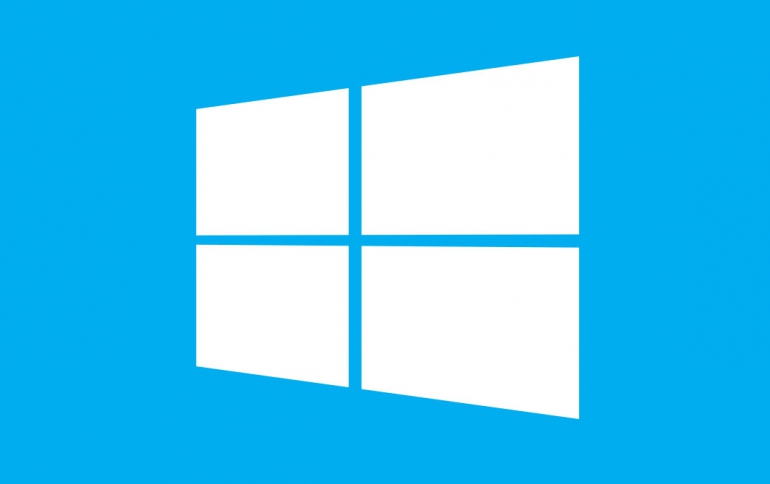
Windows 10 Brings Active Directory Interoperability With The Cloud
Windows 10 will leverage Azure Active Directory, providing organizations with a great deal of flexibility and choices to bring the cloud to enterprise desktops. Users will be able to join their work Windows 10 devices directly to Azure Active Directory and sign into Windows using their Azure Active Directory account and password – while still having single sign-on access to Office 365 and to on-premises services that leverage Active Directory authentication. The devices can be automatically enrolled into a mobile device management (MDM) service at the same time.
In addition, Windows 10 users will be able to add their work account to their personal (BYOD) Windows 10 devices, establishing a link between Windows and their work account managed in Azure Active Directory, which will provide single sign-on access to the organization’s services. The devices may also be automatically enrolled in mobile device management (MDM).
Traditional PC devices, joined to an existing Active Directory domain, will have single sign-on access to cloud-based services like Office 365, the Windows Store, or any other Azure Active Directory-aware application. Windows 10 will understand that the Active Directory account is associated with a synchronized Azure Active Directory account. (Device management will continue to be provided using Active Directory Group Policy and System Center Configuration Manager.)
Since most organizations already use Active Directory, the logical next step for exploring Windows 10’s Azure Active Directory support is to set up directory integration between Active Directory and Azure Active Directory.





















